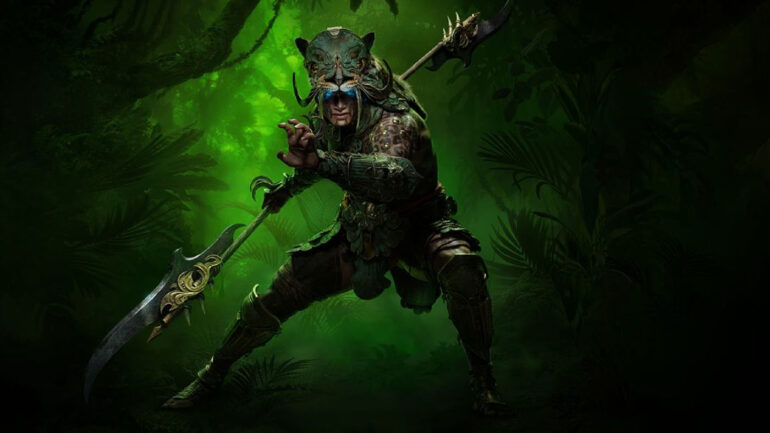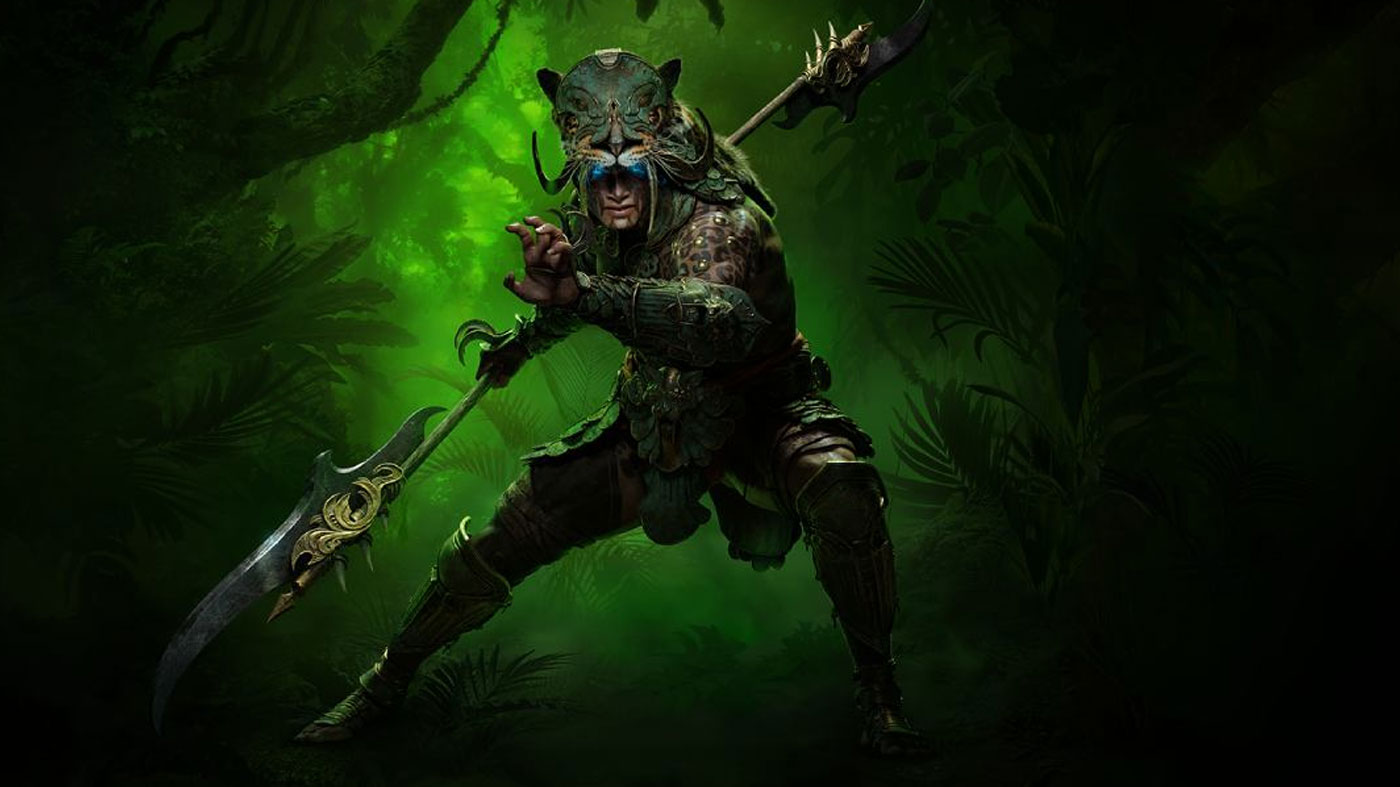Diablo IV felt like something of a much needed course correction – not just for Diablo, but also for Blizzard. While Diablo III has plenty of its own successes, IV’s pivot back to the gothic grunge that underpinned the first two games just felt right. It’s narrative was another lauded high-point, offering up an engrossing tale that left the door open for inevitable follow-ups.
Almost a year and a half later, the first of which is finally here in Vessel of Hatred. For all intents and purposes, Vessel of Hatred is more Diablo IV – but that isn’t a bad thing. It’s an addition to the base game that sports many of the same strengths and even amends some of its weaknesses. It sometimes feels like it plays it a little too safe as a result, but Vessel of Hatred is a worthy expansion to the devilishly enjoyable base game.
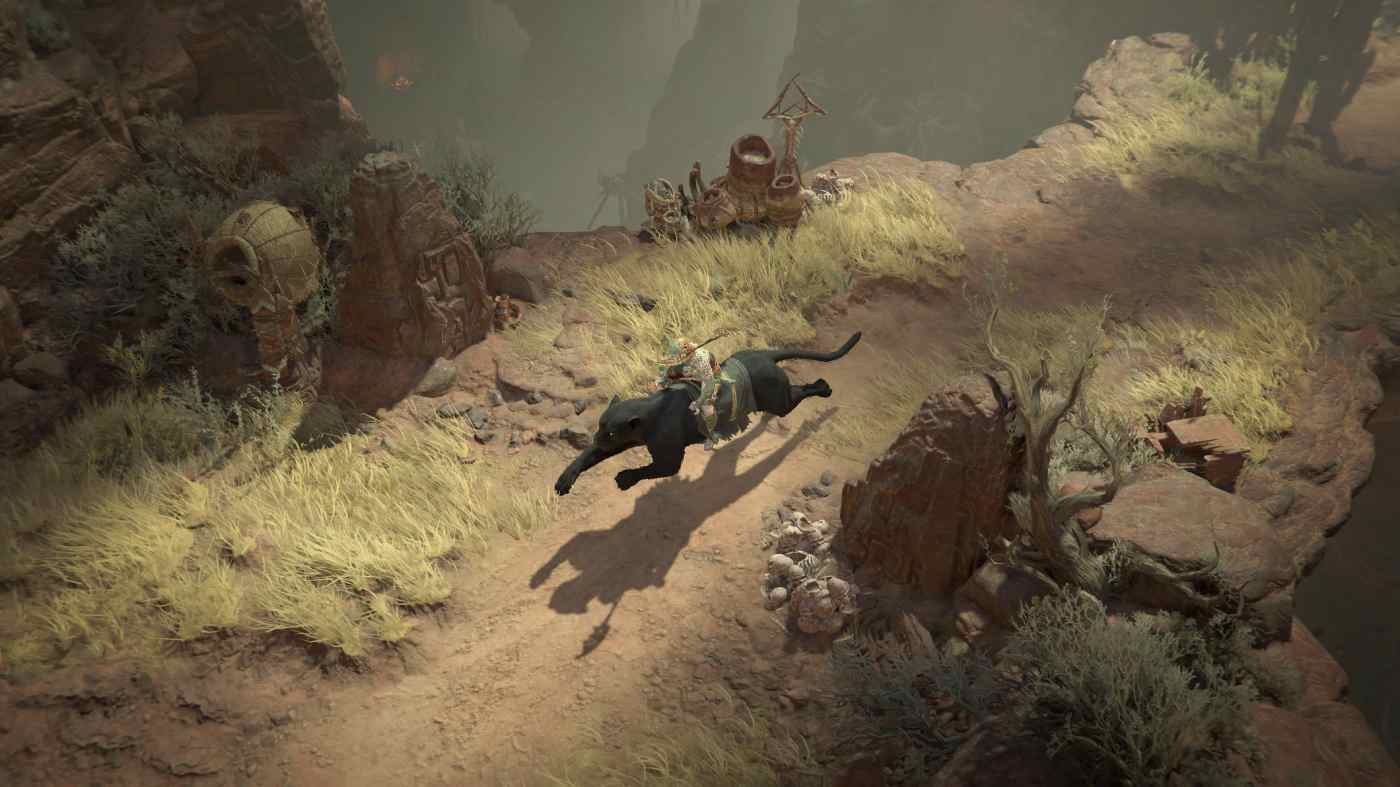
Vessel of Hatred picks up right where Diablo IV left off. The Horadrim are no longer the group they used to be, fragmented by innate differences and perceptions on how the threat of hell should be combatted. The ever-optimistic Neyrelle has set off on her own journey in hopes of finding a way to destroy Mephisto once and for all. The choice she made to imprison the Lord of Hatred forces her to endure unbearable suffering and torment. Mephisto taunts and goads Neyrelle within her own mind, planting seeds of self doubt and uncertainty in the process.
It’s in the search for Neyrelle that we journey into the new region of Nahantu. A humid jungle dense with verdant foliage that contrasts to the relatively muted colour palettes of the base game. It’s a peaceful place left untouched by Lilith’s machinations, but one that’s quickly corrupted by Mephisto as he toys with Neyrelle, and also by the Cathedral of Light who hunt her in an indiscriminate frenzy without Inarius to keep them in check.
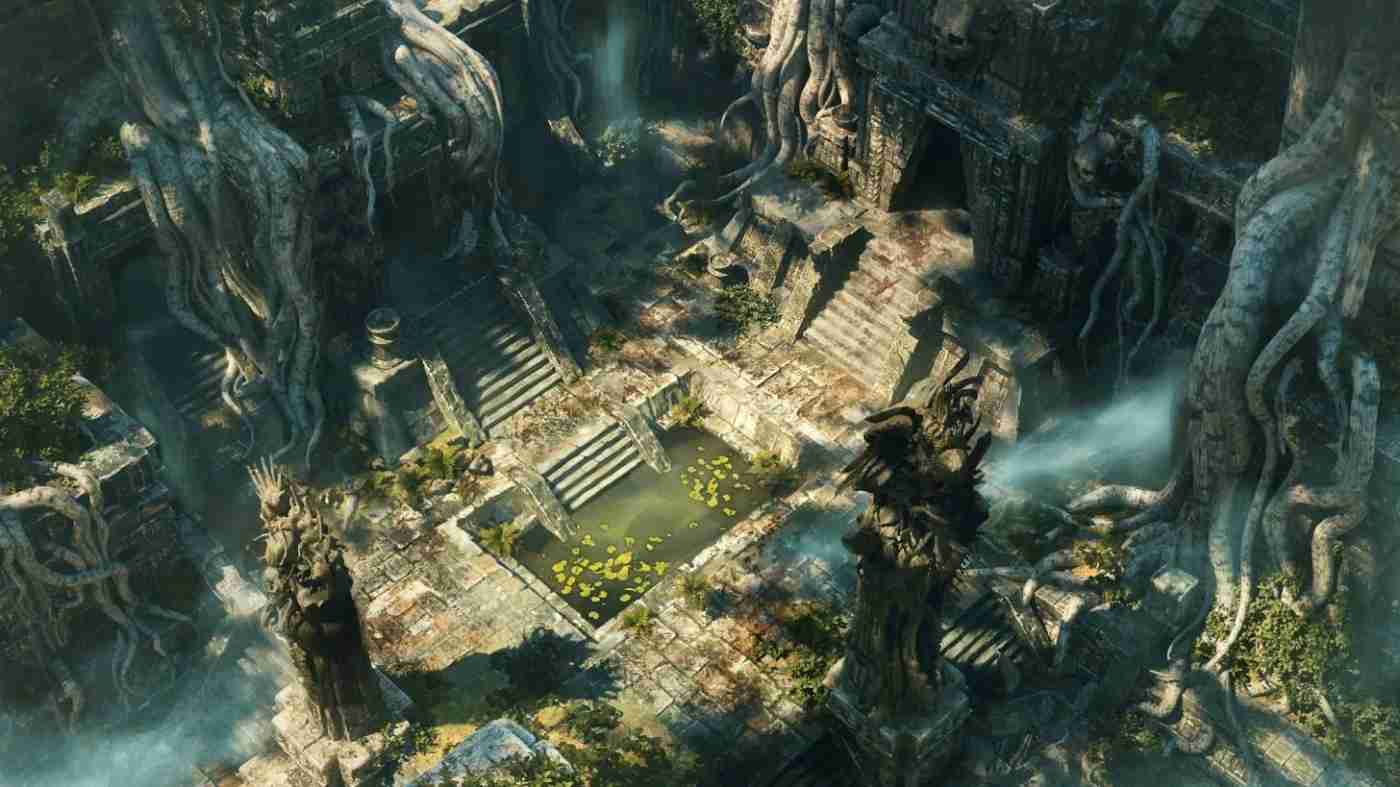
It can’t be understated how much Vessel of Hatred is benefitted by opting to revisit characters and factions from the base game. There’re still some interesting newcomers like Eru and Maka, but much of the focus is placed on Nayrelle’s internal struggles with Mephisto. This conflict doesn’t just manifest in his attempts to control her, but also through her survivor’s guilt after everything that’s happened to her. It feels like a natural progression of the horrendous experience Nayrelle was put through when trying to save Sanctuary, giving you an immediate reason to buy in to the plot being told here.
Its shorter runtime also means that its overall pacing is much tighter than that of the base game. There is no bloated middle act to pad out runtime or slow down momentum. Vessel of Hatred always feels like it’s squeezing every narrative drop out of its more constrained runtime, and is all the more engrossing for it. It all concludes in a thematically resonant and cathartic conclusion for the party – especially in regards to Nayrelle – and paints a clear picture of what’s to come next in Diablo IV’s second expansion.
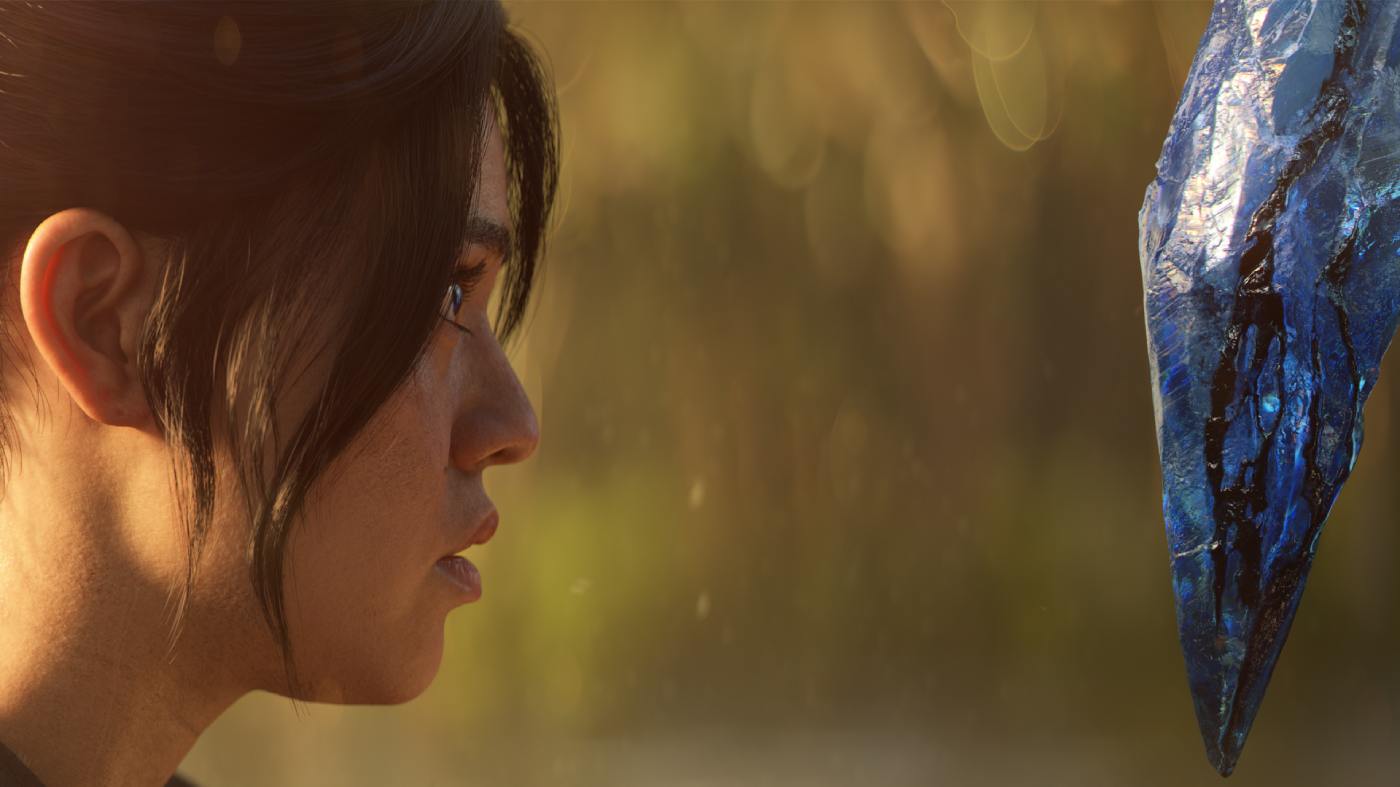
Vessel of Hatred’s biggest gameplay addition is the all new Spiritborn class. These are warriors in-tune with Nahantu’s ties to the Spirit Realm, weaponizing animal spirits to push back the forces of hell. It’s very druid-like in concept, but Spiritborn offers a core fantasy that none of Diablo’s prior classes have before.
All of the Spiritborn’s skills channel a different Spirit Guardians with unique elemental affinities and their own kind of gameplay styles. While the Jaguar Guardian focuses on ramping up your attack speed for high action-per-minute play, the Gorilla Guardian opts for slower area of effect skills with a more defensive toolkit. There’s also the Eagle Guardian and Centipede Guardian, the former of which combines the Jaguar’s speed and fury with plenty of skills that can apply Vulnerable to enemies, with the latter focusing more on crowd control and debilitating status effects.
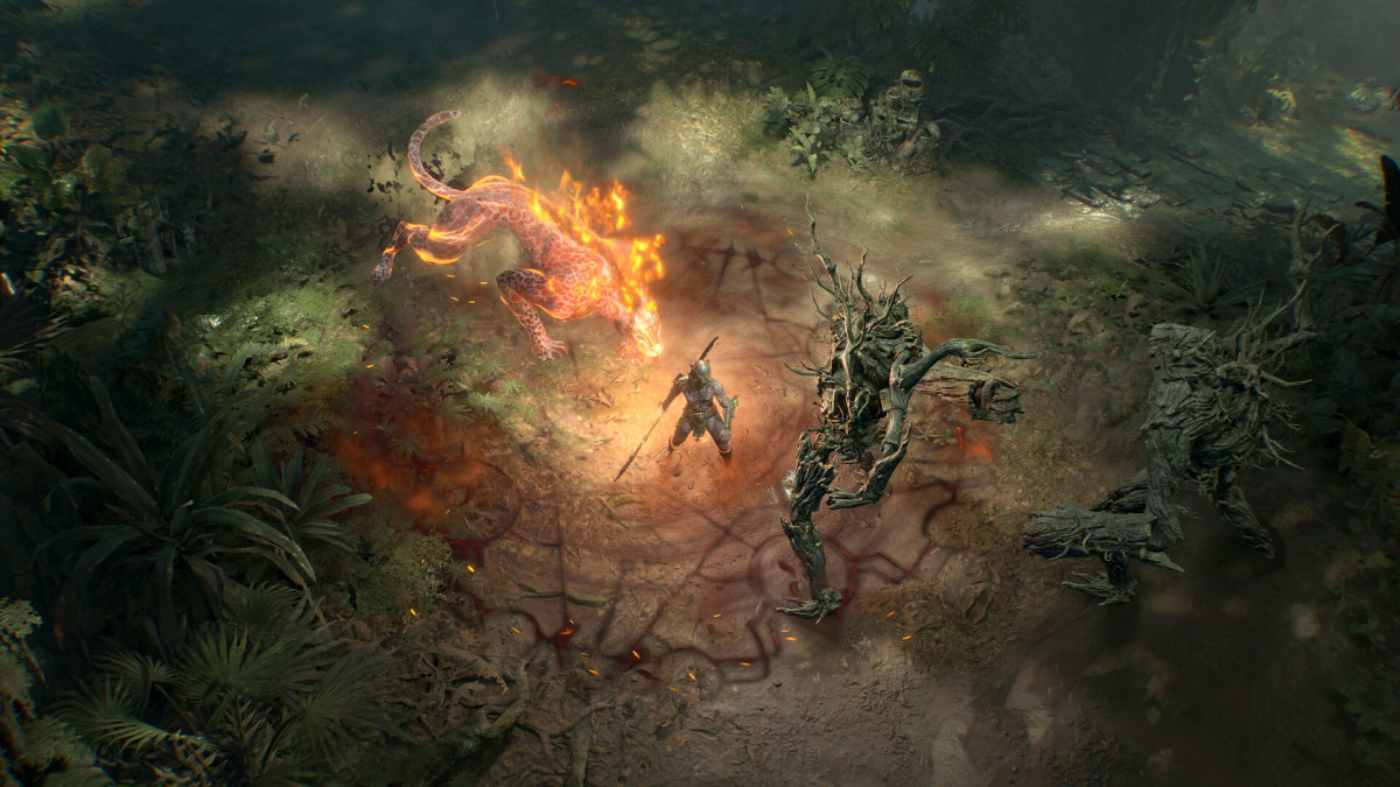
You can definitely slot into one of these archetypes and focus on their strengths, but the best way to play Spiritborn is by combining different skills pertaining to different Guardian Spirits to mix and match their strengths. It enables you to cover areas a particular Guardian Spirit is weak in, or combine abilities that result in lethal combos to get the most bang for your buck. Combining centipede and gorilla skills, for example, results in a kind of crowd control bruiser that dishes out poison and fears enemies to set them up for the gorilla’s less mobile attacks.
There are so many different ways you can take Spiritborn in Vessel of Hatred, and it really feels like a fresh experience amongst a pantheon of already fantastic classes in Diablo IV. No two Spiritborn builds or playstyles are going to be the same, affording a level of flexibility and adaptability that feels unique in Diablo IV’s sandbox. I was constantly shifting between different archetypes thanks the ability to re-spec for free at any time, and I can’t wait to see what kind of deadly combinations the community comes up with when the class is fully explored.
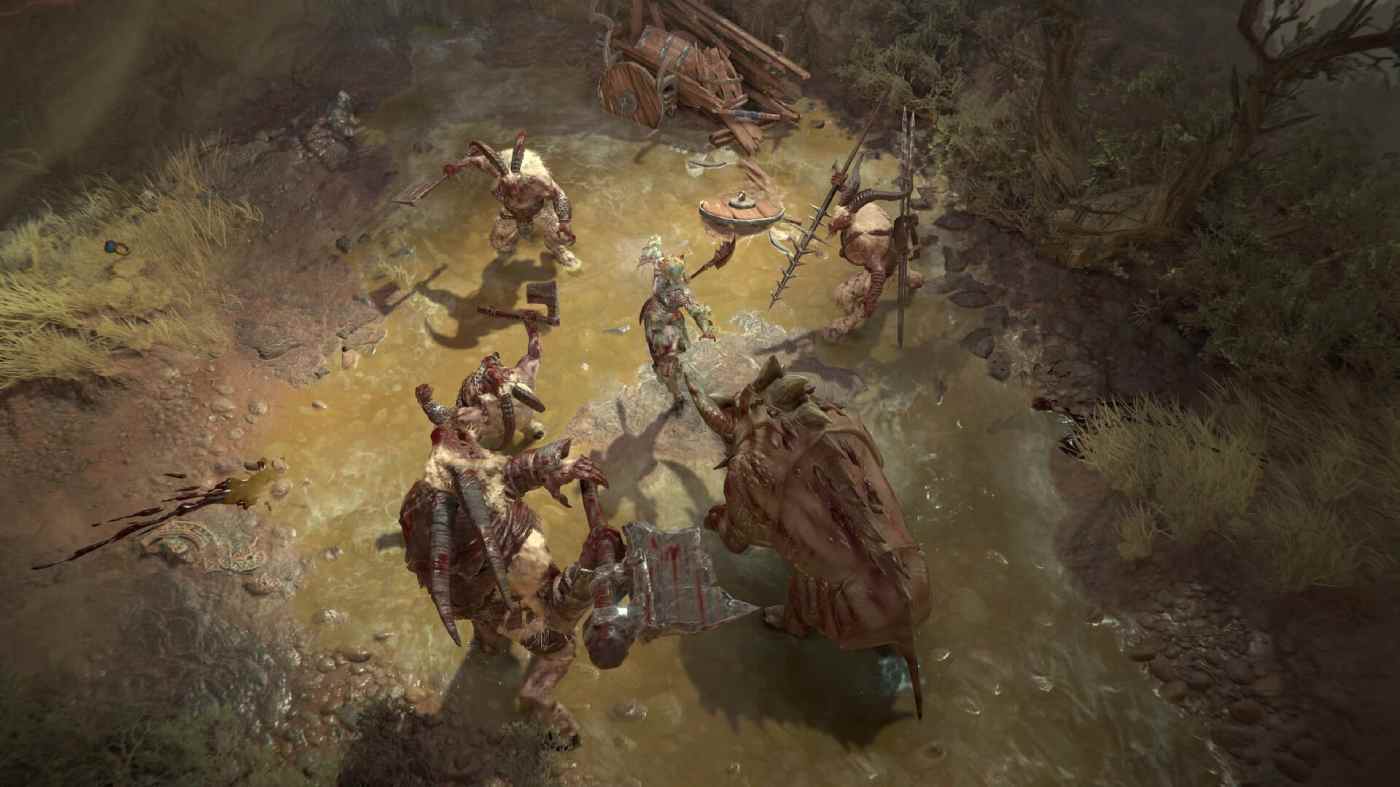
Nahantu is also a great inclusion here. It’s refreshing to explore a more lively and vibrant environment. It still has the same kind of gothic undertones that come through in its colour palettes and overall design, but it stands out against the variety of backdrops found in the base game. You can tell when you transition from Sanctuary into Nahantu, from the clear environmental shift to its Mesoamerican inspired designs in its iconography and structures. It also feels distinct in the broader scope of the franchise, tapping into a more spiritual side of the world and lore.
From a design standpoint, Nahantu isn’t too much different from the regions of Sanctuary. Its flush with side quests, world quests, optional activities, reputation-boosting collectibles, and more. If you enjoyed the loop of exploring the base game’s environments, very little has changed here in Vessel of Hatred. In some ways, this is a bit of a double-edged sword in the sense that it offers the same constant progression, but it really doesn’t feel all that different from the base game. Even the Altars of Lilith have their own parallel within Nahantu, and much of the Renown grind also makes a return here – for better and for worse.
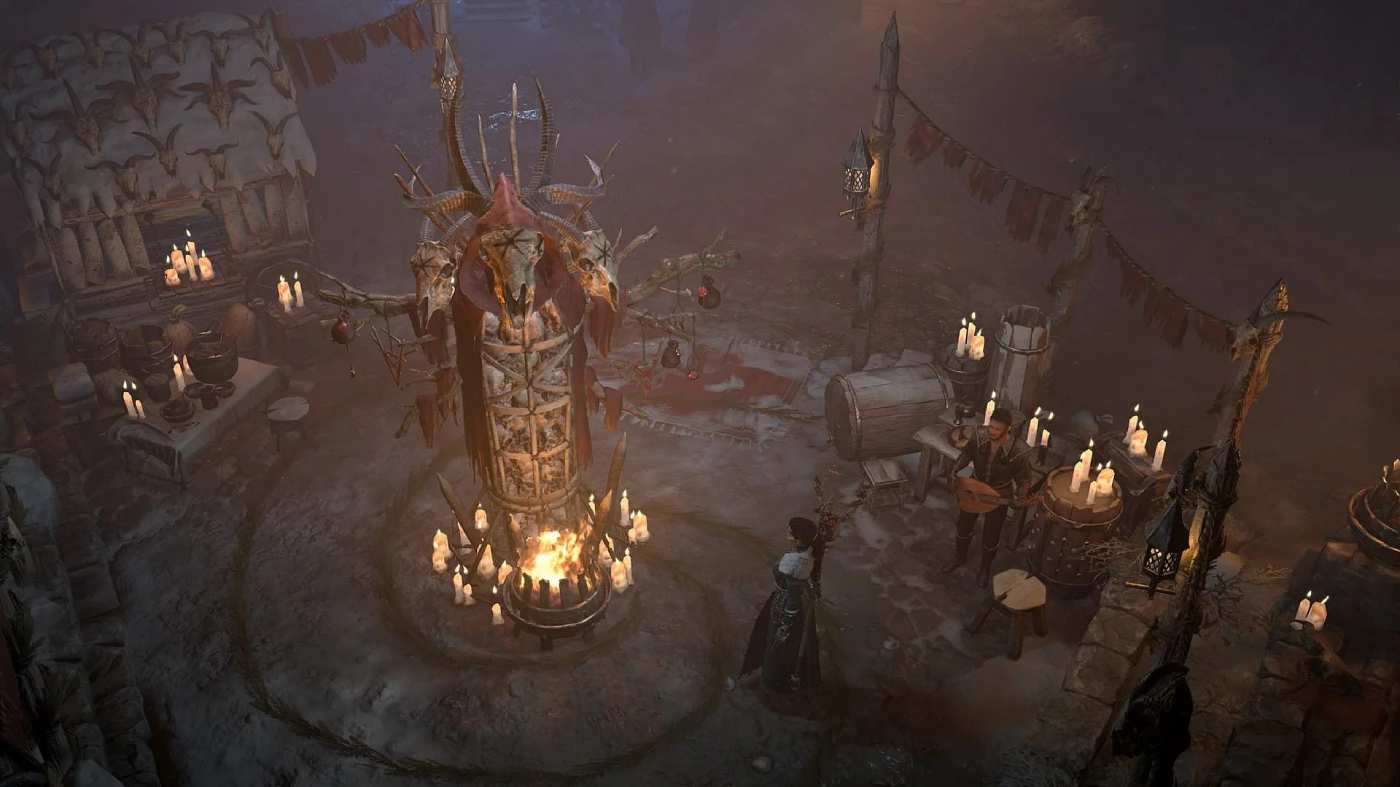
One new feature with Vessel of Hatred that is really neat, is the inclusion of Mercenaries. Initially making their debut in Diablo II, Mercenaries are just as they sound – hireable NPC characters that will accompany you on your adventures through Nahantu and Sanctuary. There’s four launching with Vessel of Hatred, each of which brings their own skill tree and behaviours to complement that of your own class.
It’s a fun system that adds some nice secondary progression that runs alongside your own, and also provides solo players with a method to bulk out their party if the going gets tough. Each mercenary having their own skill tree is a great way to customise them to fit into roles your class typically wouldn’t. Raheir, for example, can act as an aggro drawing tank or a versatile bruiser that gets into the thick of things and inflicts vulnerable on unsuspecting targets. It’s also thematically resonant with Vessel of Hatred’s overall explorations of coming together in times of hardship and finding support in loved ones.
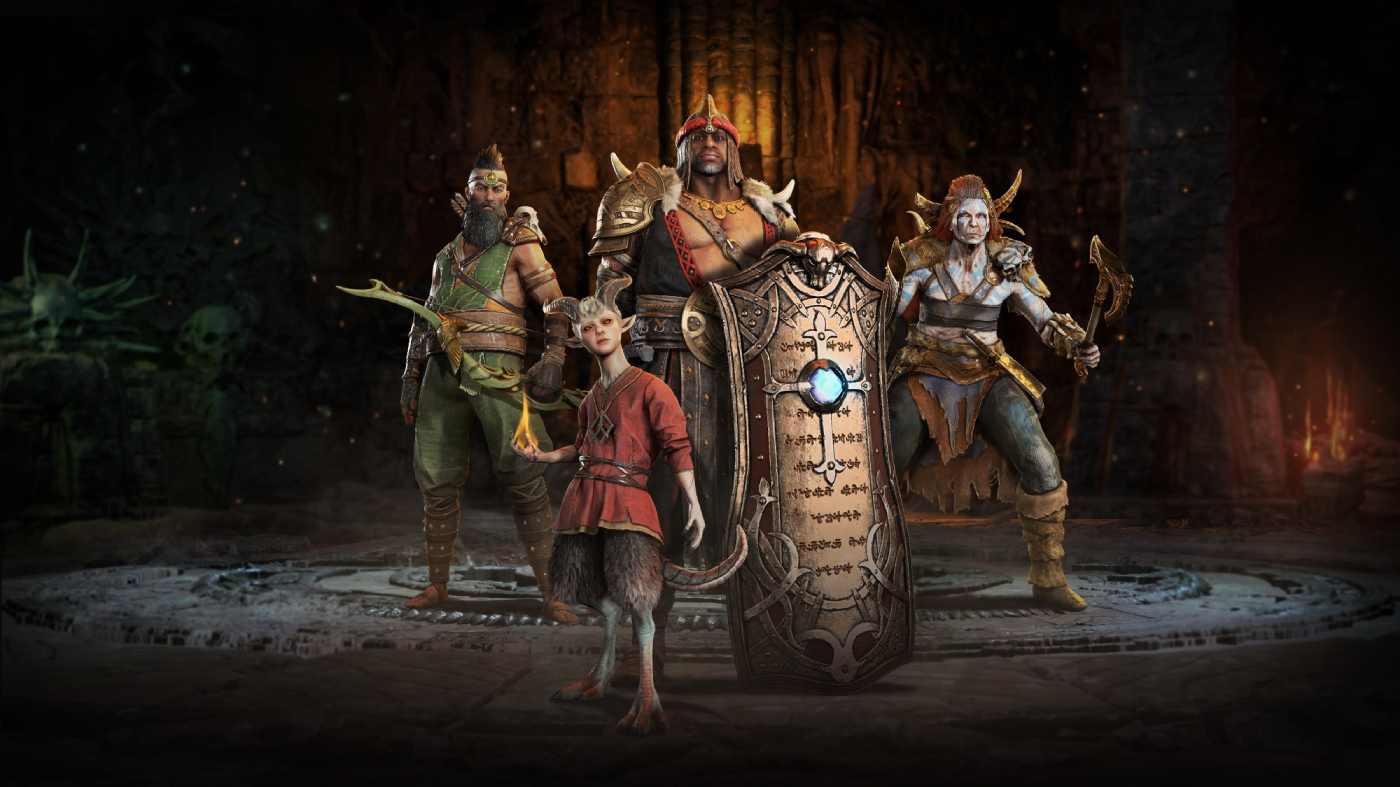
Vessel of Hatred also brings new activities and endgame content, the most enjoyable of which are the new dungeons. There’s a slew on offer here, but the best are undoubtedly The Dark Citadel and Kurast Undercity. These are dungeons specifically curated for Diablo IV’s endgame, with The Dark Citadel bringing challenging new encounters with mechanics that are a bit more involved than what’s found in the base game. It also has a really great loot chase in an earnable currency that can be used to purchase some incredible looking cosmetics – fashion is always the real endgame.
Kurast Undercity is similarly brilliant. It’s a timed dungeon with multiple stages and tweakable challenges that increase the quality of loot rewarded. It feels very similar to Hades in the way you can make runs harder for larger payouts, providing a scaling challenge as you increase your power with new gear. They’re both fantastic additions to Diablo IV’s swathe of endgame content, and will no doubt keep hardcore players busy for some time.
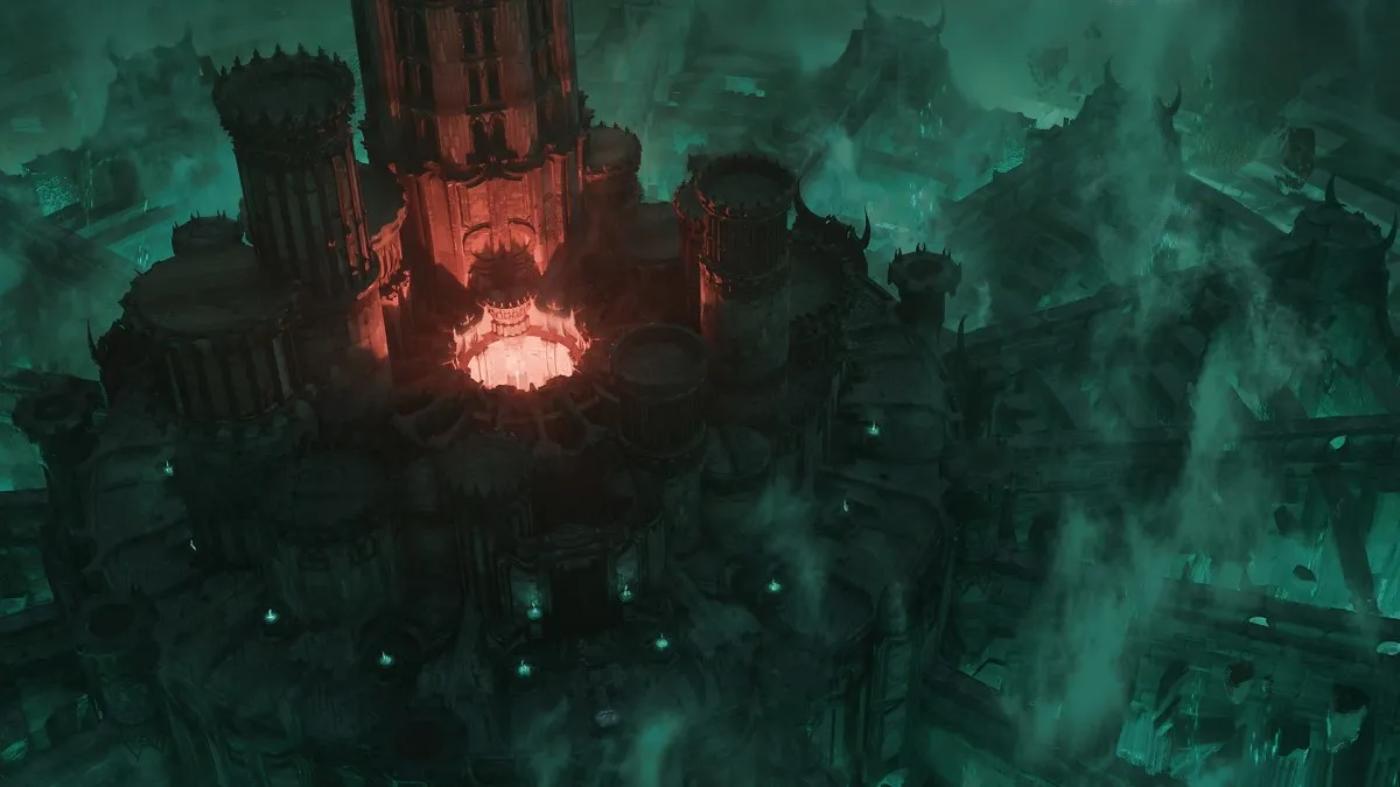
Even if you play Diablo casually, Vessel of Hatred is also introducing a new in-game party finder so you can group up for these endgame activities. It’s a nice way to get solo players or smaller groups into more challenging content where Mercenaries simply won’t do the job. It really streamlines the whole multiplayer process and has loads of filters so you can find like-minded players at difficulties appropriate to your skill level and power.
It feels a bit redundant to mention Nahantu’s beauty yet again, but it can’t be understated how much Diablo IV’s art style and overall aesthetic excels in this kind of setting. The jungles of Nahantu dense mazes of trees and vines, with the forces of hell lurking in the shadows and the Cathedral of Light occupying its winding paths. Despite its alluring and natural appearance, the unsettling feelings you get exploring Sanctuary also permeate throughout Nahantu’s environments.
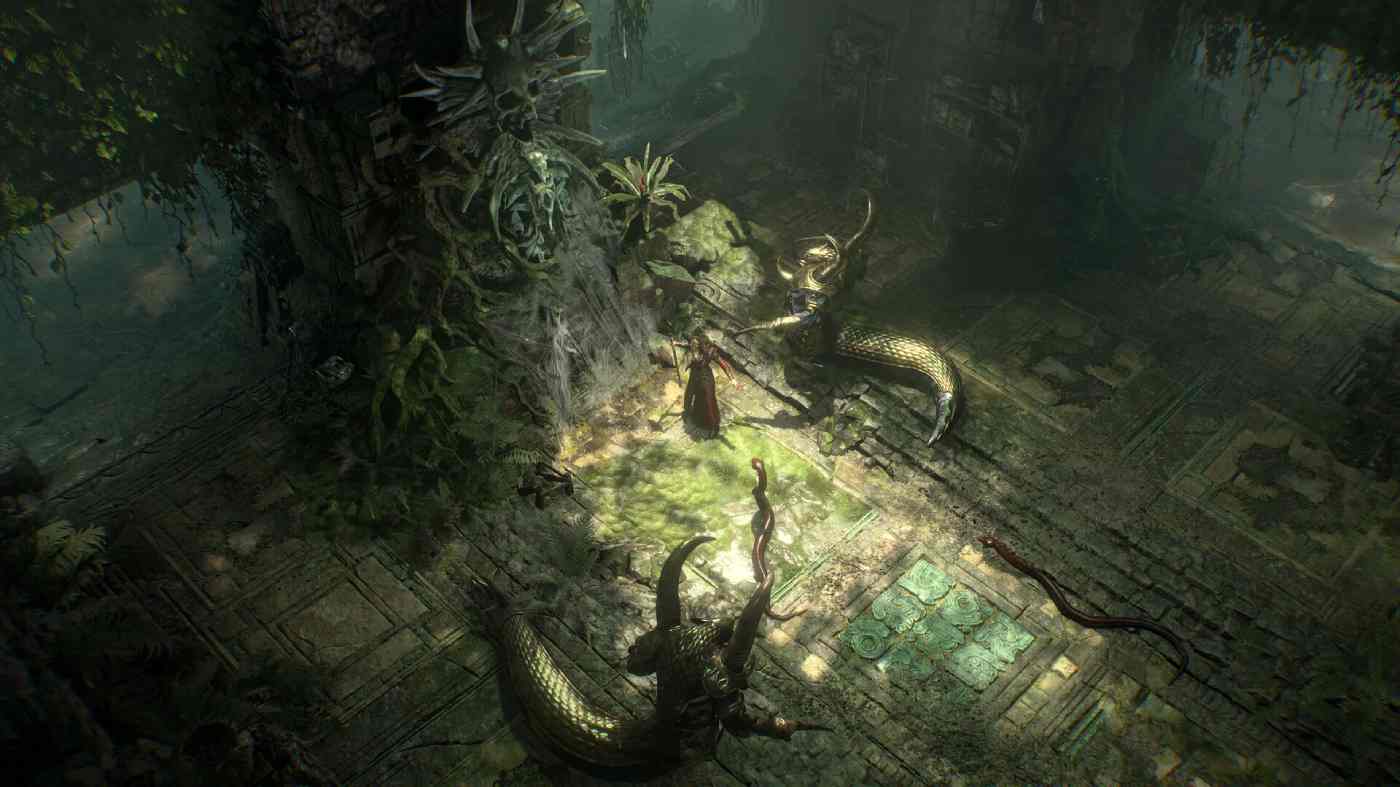
It isn’t all jungle either, with arid desert regions skirting the natural surroundings so that it seamlessly transitions to and from Diablo IV’s base map. Vessel of Hatred also has its fair share of hellscapes to explore, all of which are as densely detailed and rich with distinct iconography. It continues to be one of Diablo IV’s strongest aspects, and reconfirms that this franchise is at its best when revelling in the dark fantasy undertones of its gothic world.
Vessel of Hatred is an undeniably fantastic addition to Diablo IV. It might play it safe with how it handles world exploration and its open world activities, but it’s hard to complain when the bones of it are already so competent. If you’re looking for an expansion that shakes up Diablo IV at a fundamental level, Vessel of Hatred won’t deliver. But if you’re just looking for more of the excellence that is Diablo IV, Vessel of Hatred is well worth your attention.


